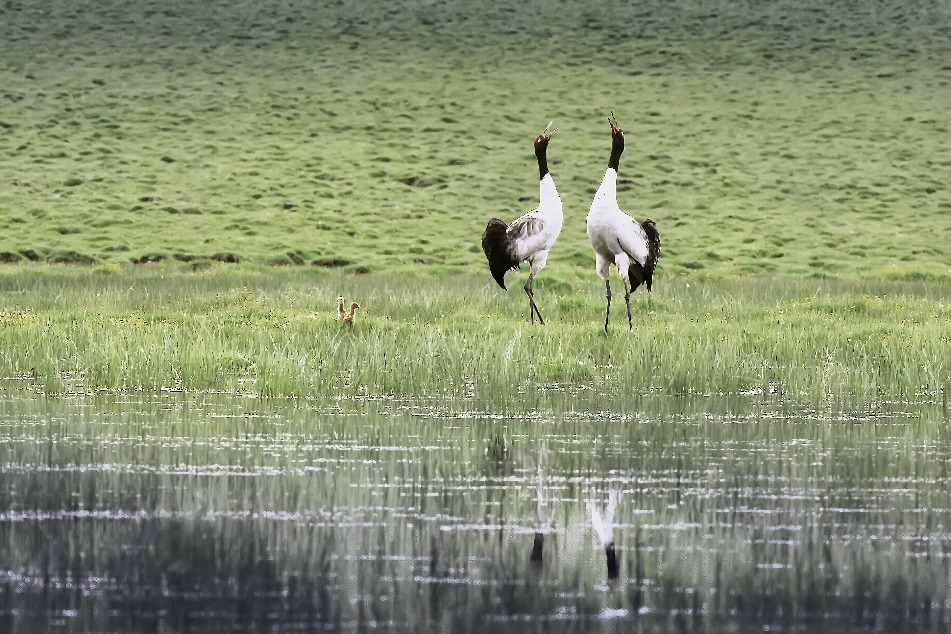Baobab trees' evolutionary challenges discovered


Chinese and African researchers have recently uncovered evolutionary insights about baobab trees that suggest the iconic trees' conservation status needs to be revised.
There are eight species of baobab trees, known for their distinctive swollen trunks, and they can be found in various parts of Madagascar, Africa and Australia. They have been dubbed the "tree of life" due to their cultural significance and various uses in traditional medicine and local cuisine, but not much is known about their evolutionary history.
Recent genomic and ecological analyses by scientists from institutions including the Sino-Africa Joint Research Center and Chinese Academy of Sciences' Wuhan Botanical Garden in Hubei province found that Madagascar — an island country off the southeastern coast of the African continent — is the cradle of all other baobab species.
The findings were published in the science journal Nature on May 15.
The researchers came to the conclusion after analyzing the genetic makeup of the eight existing baobab species — six of which are found exclusively in Madagascar.
They believe the trees originated in Madagascar and then spread to the African continent and Australia, with a mix of climate fluctuations, animal pollinators and sea level changes shaping the trees' environmental adaptations.
Wan Junnan, the lead author and a researcher at the botanical garden, said, "What we see about baobabs in Madagascar today was greatly influenced by both interspecies competition and the geological history of the island, especially changes in local sea levels."
Having a solid understanding of the impact of sea level changes and consequent habitat loss on Malagasy baobab can provide insights into the potential challenges that other baobab species may encounter under similar circumstances, he said.
Funded by the Scientific Research Program of the Sino-Africa Joint Research Center and the National Natural Science Foundation of China, the study found that baobab trees have experienced a process of flourishing and decline, and some of them are now endangered.
Three baobab species are now classified as endangered or critically endangered on the red list of the International Union for Conservation of Nature. Besides climate change and habitat loss, negative influences from other baobab species have been put forward as one of the factors threatening their survival.
The researchers called for a reassessment of their conservation status, believing the IUCN may have underestimated the actual state of endangerment faced by the baobab species in Madagascar.
Contact the writers at lilei@chinadaily.com.cn
- China's top procuratorate to oversee major environmental damage cases
- Blind student completes college with resilience
- Chinese scientists design bio-inspired 3D e-skin
- International students take part in dragon boat race
- Chinese tricycles captivate foreign markets and media
- Chongqing conducts rail safety checks ahead of Dragon Boat Festival


































